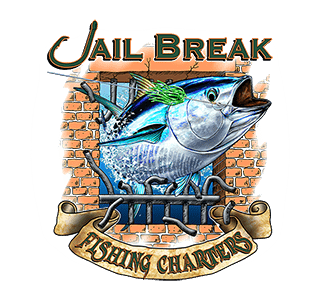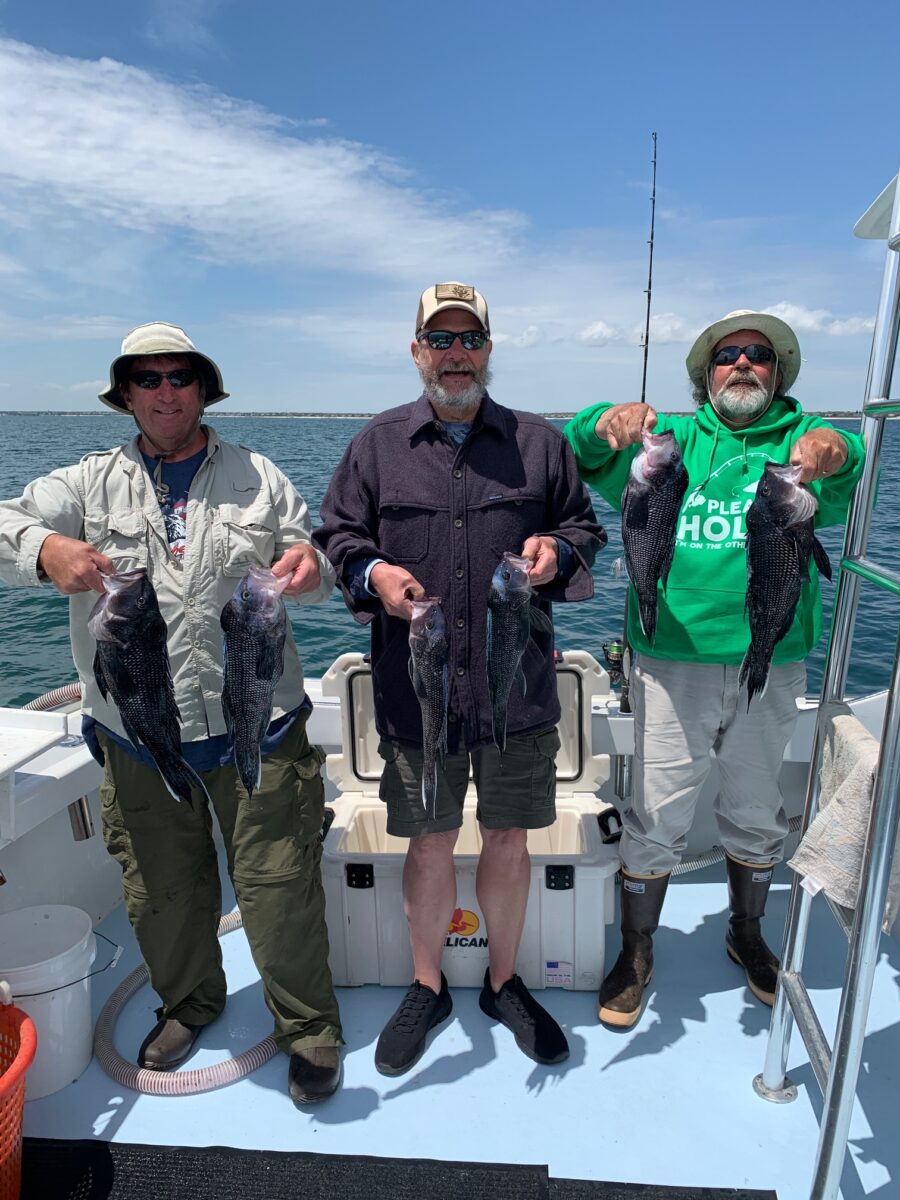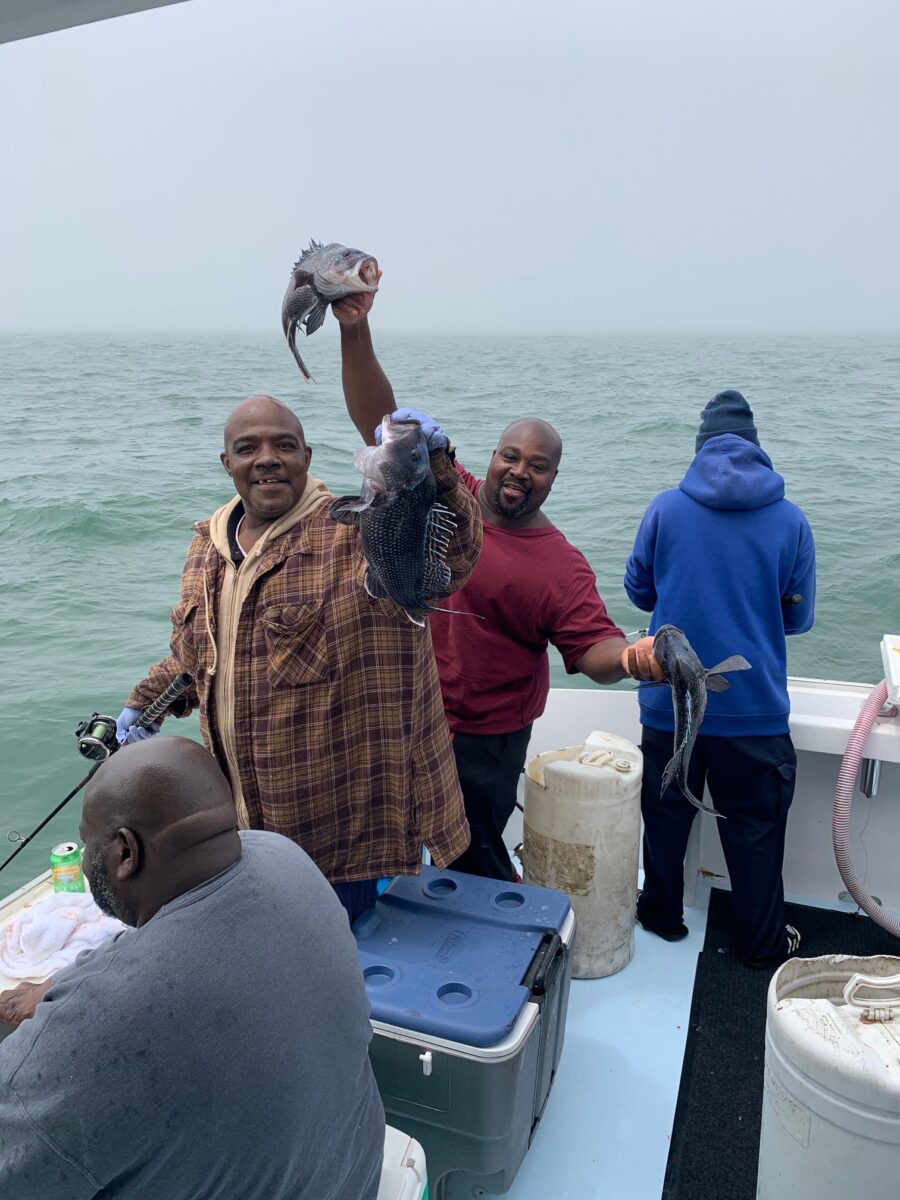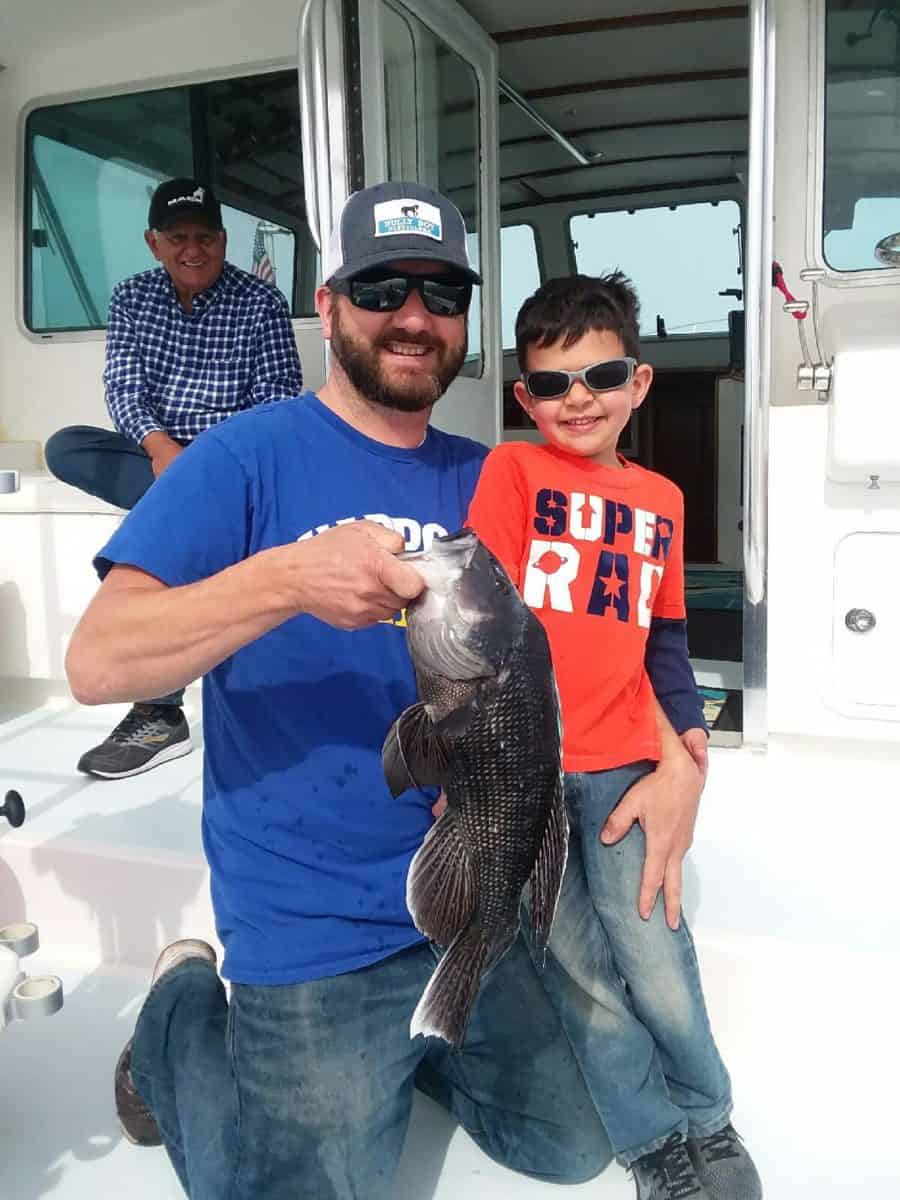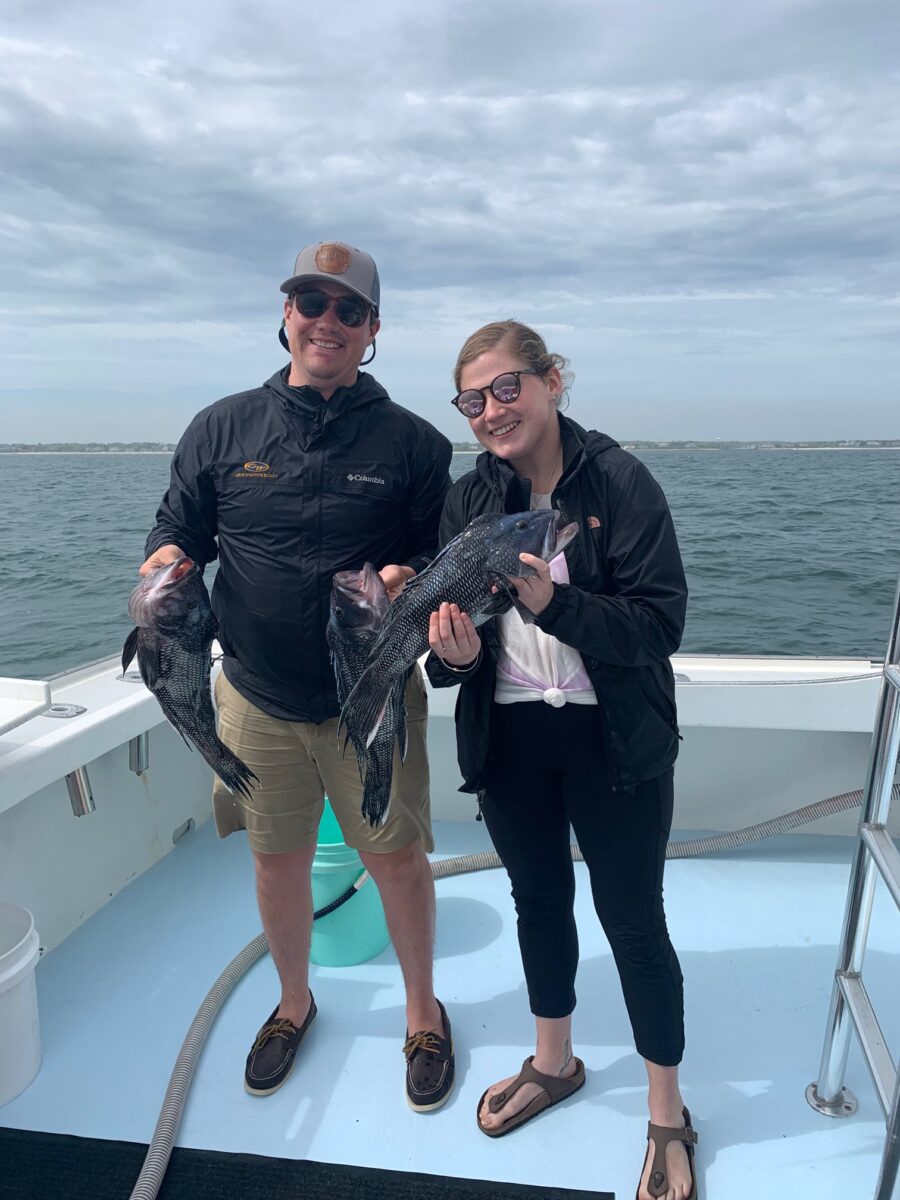Cape Cod Fishing Charters
Seabass & Scup trips
Inshore – May/june
6Hrs $950/$850 (cash)
8Hrs $1250/$1150 (cash)
Or call Captain Seamus Muldoon at (508) 237-3962
Credit card or $300 deposit required. Discounted rates apply to cash and check payments only.
Perhaps one of the most exciting and surprising things about catching your first black sea bass is to see just how strikingly beautiful the fish appears when it first comes out of the water! In particular, the black and white bodies of the dominant male sea bass display vibrant shades of blues that are most noticeable by the purple-blue and turquoise colors around their eyes and nape during spawning season.
Black Sea Bass (Centropristis striata) is a member of the grouper family, which is a group of fish more commonly associated swimming among the reefs of southern tropical waters. Sea bass possess a large head with two rows of teeth. Known to be protogynous hermaphrodites, most black sea bass begin life as females, later to become males. More recent research led by Rutgers University suggests that a decline in males in a local population triggers this change in sex.
Cape Cod is typically the northern limit of the sea bass habitat, and their range spans down to the Gulf of Mexico. The largest populations of sea bass are found in the Nantucket Sound and Buzzard’s Bay. Males live up to approximately 12 years, while the female typically lives 8 years.
Their growth rate is slow, and as a result, they are smaller in size compared to other fish. Black sea bass will likely not be larger than 9 pounds in weight and two feet in length at maturity. They are not picky eaters; as bottom feeders, these bass prey on a wide variety of crustaceans, fishes, mollusks, and worms. Conversely, sea bass serve as prey to spiny dogfish, monkfish, spotted hake, little skate, and summer flounder.
Jail Break Fishing Charters fishes for black sea bass in early-middle May and June. Using jigs and bait, we find the best sea bass by making long drifts over ocean-floor structure, including rockpiles, wreck, shoals, and reefs. Per Massachusetts regulations, the limit of black sea bass is five bass per person.
Black sea bass is considered one of the best… if not the best… tasting fish of all the northeast inshore fish. The filets are smaller in size compared to other fish such as striped bass, with a tender texture and a mild flavor. Sea bass is so delicious that it can be cooked simply with butter, salt, and pepper.

In addition to targeting black sea bass, these charter trips focus on catching porgy fish. Also known as scup or brim, Stenotomus chrysops is one of many other fish included in the Sparidae family. This fish is dusky brown/grey in color with silver highlights throughout.
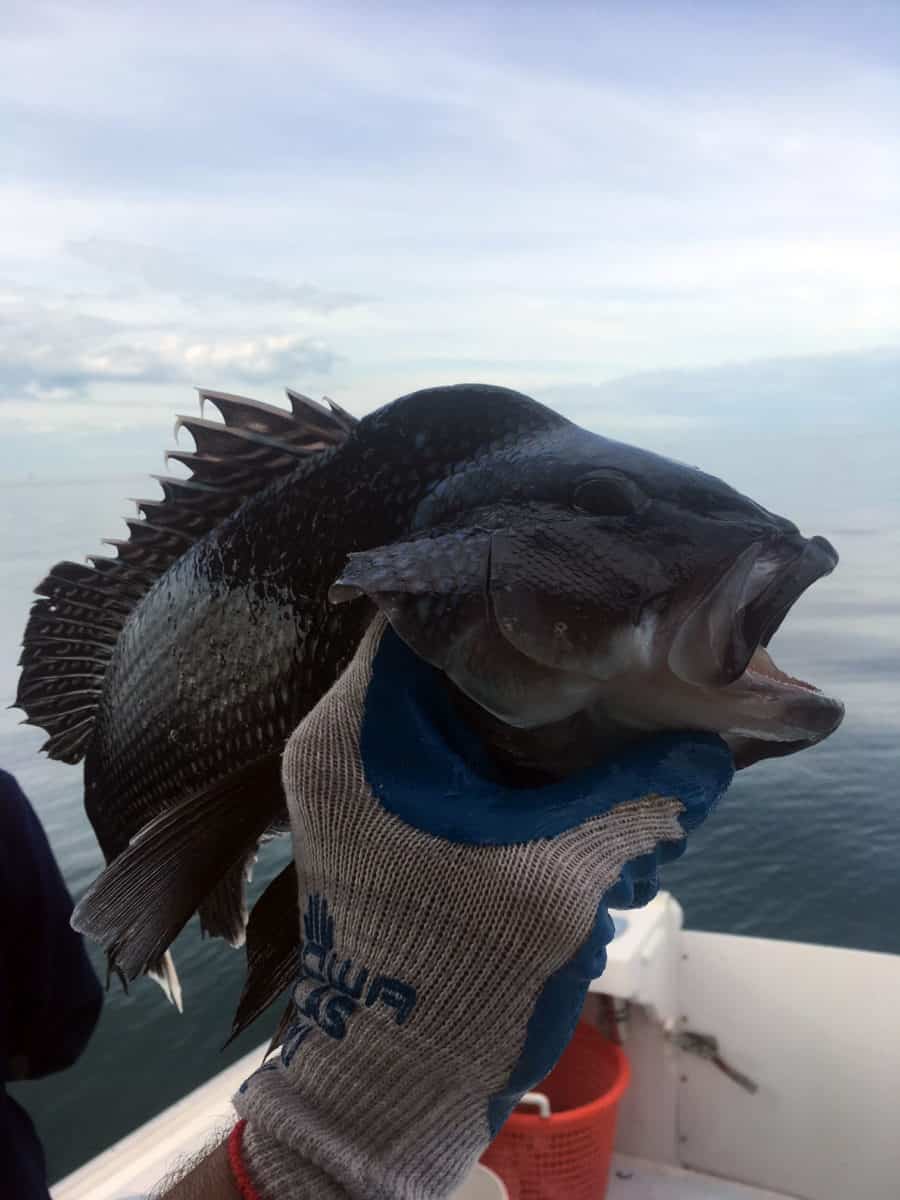
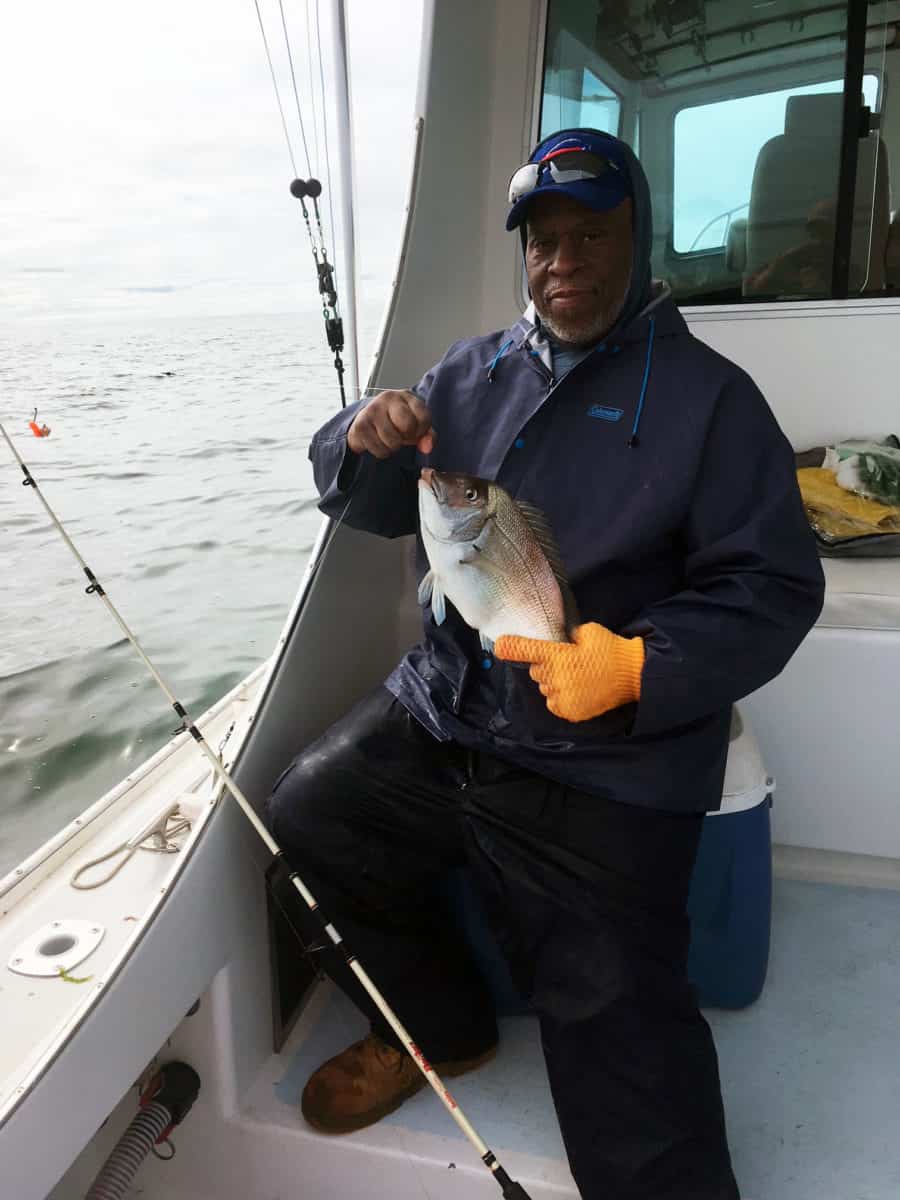
The names ‘porgy’ and ‘scup’ both derive from the Narragansett word mishscuppaug. Porgy travel within the waters between Massachusetts and North Carolina. They grow slowly and can live to around 20 years. While the average size of a porgy tends to be one to two pounds, they can weigh up to three to four pounds and up to eighteen inches in length.
Like fishing for black sea bass, Jail Break fishing relies upon bottom fishing rigs to catch the legal quota of porgy, which is 50 fish per angler.
Perhaps once underappreciated in cooking, porgy is increasingly becoming known to be a good-eating fish for its sweet taste and edible skin – very similar in taste and texture to red snapper.
